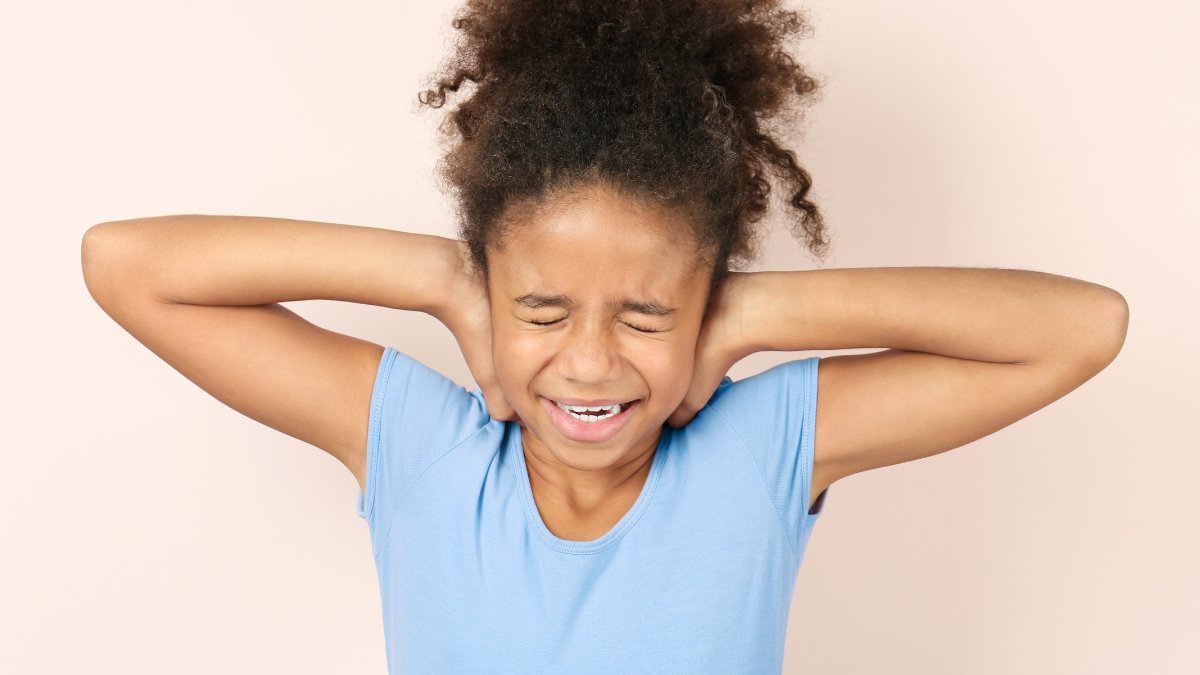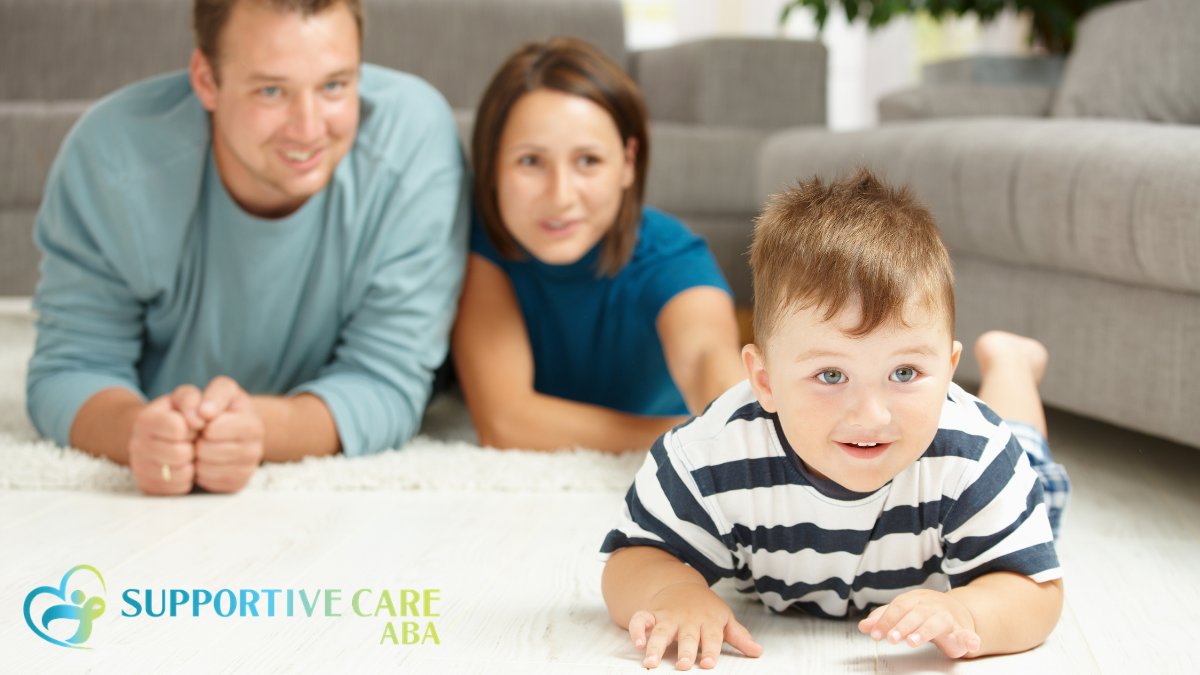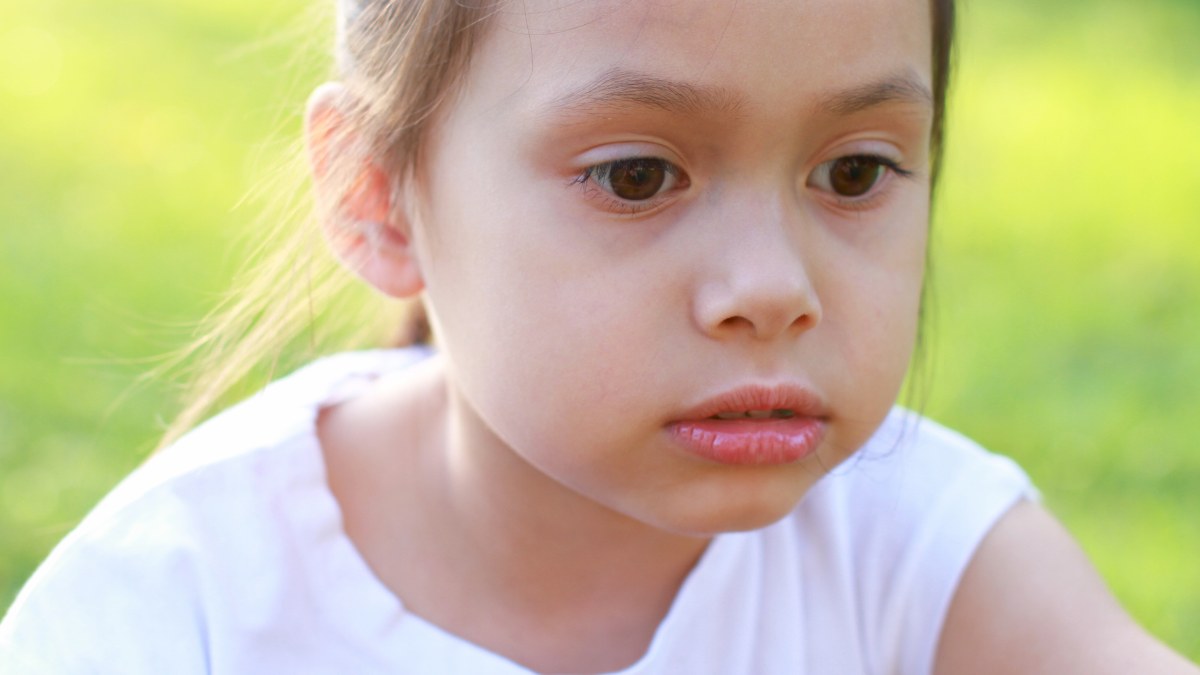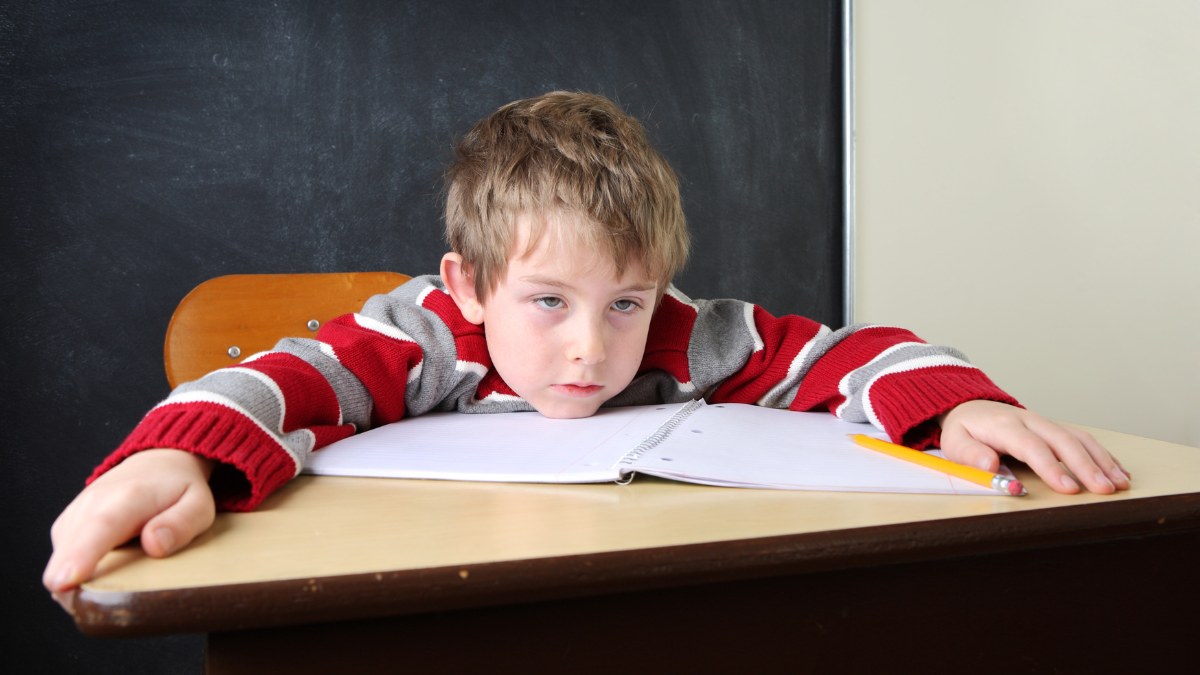Hypersensitivity in Autism: 5 Hidden Triggers at Home
Hypersensitivity autism signs often go unnoticed—learn 5 hidden home triggers and how small adjustments can create a calmer, more supportive environment.

Hypersensitivity in Autism: 5 Hidden Triggers at Home
Key Points:
- Hypersensitivity in autism can be triggered by everyday items or routines in the home.
- Identifying these triggers helps reduce meltdowns, anxiety, and sensory overload.
- Applied Behavior Analysis (ABA) therapy can support families in managing hypersensitive responses.
For many families raising a child with autism, everyday life at home can be unexpectedly overwhelming—often for reasons that aren’t immediately visible. Hypersensitivity in autism is one of the most common but misunderstood challenges. It’s more than just “being sensitive.” It’s an intense reaction to sensory input—like light, noise, or even certain clothing textures—that can make the home feel chaotic instead of calming.
If you’ve ever wondered why your child avoids a particular room, gets upset during mealtimes, or melts down seemingly out of nowhere, you might be dealing with hidden sensory triggers. And those triggers can live quietly in plain sight.
Let’s break down five surprisingly common culprits behind sensory overload in your own home—and what you can do to help.
Lighting That Overwhelms the Senses
Lighting might seem harmless, but for many autistic individuals, it’s a daily source of discomfort. Hypersensitivity in autism often includes visual overstimulation—and certain types of lighting can feel like a spotlight rather than background ambiance.
Common lighting-related triggers include:
- Fluorescent Lights: These are found in many kitchens and bathrooms. The flickering (often invisible to neurotypical eyes) and buzzing can cause headaches, dizziness, or agitation.
- Too-Bright LEDs: Modern LED lights can be harsh. Some individuals perceive these lights as piercing, especially when switching from a dim to a bright room.
- Rapid Lighting Changes: Sudden light transitions (like opening curtains quickly) can overwhelm a child who is sensitive to contrast and brightness.
What can you do? Try using dimmable lamps or installing warm-tone bulbs. Avoid sudden light changes, and if needed, let your child wear tinted glasses indoors to filter brightness.
Sounds You’ve Tuned Out—But They Can’t
Auditory sensitivity is one of the most common forms of hypersensitivity in autism. While many of us can filter out background noise, children with autism often hear everything at full volume—leading to sensory overload fast.
Here are some sound triggers that could be bothering your child without you realizing it:
- Appliance Noise: Refrigerators, dishwashers, HVAC systems, and dryers can emit constant low-level humming or high-pitched squeals that most adults ignore.
- Echoes or Reverberation: In tiled or open spaces, sound can bounce and create a disorienting experience for someone with auditory sensitivity.
- Inconsistent Volume: A parent’s sudden laugh or the unpredictable whir of a blender can feel jarring.
Supportive strategies include sound-absorbing rugs, noise-canceling headphones, or creating quiet zones at home. Even simple changes like using fabric curtains instead of blinds can make a noticeable difference.
Textures That Feel ‘Wrong’
When it comes to tactile sensitivity, autistic individuals may react intensely to certain fabrics or materials. Clothing tags, seams, or even how the couch feels can create discomfort that escalates into agitation or refusal behaviors.
This isn’t about being picky—it’s about physical pain or deep discomfort from specific sensations. Some children can’t tolerate the feeling of:
- Clothing seams or tags
- Rough or stiff bedding
- Sticky or wet substances on their hands
- Certain textures under their feet (like carpet vs. tile)
Here's how you can help:
- Let your child pick clothing they feel comfortable in—even if it means repetition.
- Use seamless socks, tagless shirts, and soft bedding.
- During playtime or mealtime, always have a wet cloth nearby so they can clean sticky hands immediately.
ABA therapy can help children gradually increase their tolerance to textures that are necessary in daily life (like toothpaste or shoes), through techniques like systematic desensitization.

Smells That Overpower Their Space
Olfactory hypersensitivity isn’t as often talked about—but it’s just as impactful. Some children with autism are highly reactive to strong scents, even if those scents seem pleasant to others.
Before you light that vanilla candle or clean with lemon-scented spray, know that these smells can cause:
- Headaches or nausea
- Irritability or withdrawal
- Avoidance of certain rooms (like kitchens or bathrooms)
What makes it tricky is that smells linger—and they’re harder to “turn off” than lights or sounds. Even the scent of someone’s shampoo can be too much.
To manage this:
- Switch to fragrance-free laundry detergents and cleaning supplies.
- Avoid scented candles or plug-ins.
- Let your child help choose products for their space, so they feel a sense of control and predictability.
Unpredictable Routines and Transitions
While not a physical object, inconsistency can feel just as triggering as a blaring TV. Many children with hypersensitivity in autism are deeply affected by disruptions in routine or transitions from one activity to another.
Even “positive” surprises—like a last-minute trip to the park—can lead to meltdowns because it breaks the expected rhythm of the day.
Signs this may be affecting your child:
- Resistance during transitions (e.g., bedtime, turning off the tablet)
- Distress when plans change, even slightly
- Fixation on routine order (e.g., always needing to eat before brushing teeth)
How to support smoother transitions:
- Use visual schedules that outline daily activities.
- Offer countdowns before transitions (“5 more minutes before we clean up”).
- Give choices when possible to increase their sense of control.
ABA therapy through Supportive Care ABA is one way families are learning to build flexibility gradually, using reinforcement strategies that respect a child’s need for routine while preparing them for real-life unpredictability.

How ABA Therapy Can Support Families Managing Sensory Challenges
When you’re parenting a child with autism and hypersensitivity, it can feel like you’re constantly walking through a minefield of hidden triggers. That’s where structured support becomes more than helpful—it becomes essential.
ABA therapy doesn’t try to eliminate your child’s sensitivities. Instead, it teaches coping strategies that help your child navigate their environment in a way that’s safe and less distressing.
At Supportive Care ABA, we work with families to:
- Identify and track individual sensory triggers
- Teach replacement behaviors to reduce meltdowns
- Gradually increase tolerance through desensitization techniques
- Provide caregiver coaching so the whole family feels empowered
Every child is different. But when hypersensitivity in autism is approached with understanding, data-driven methods, and compassion, daily life becomes far more manageable—for both your child and your household.
A Calmer Home is Possible—with the Right Support
Hypersensitivity doesn’t disappear on its own. But you don’t have to manage it alone, either. ABA therapy is a powerful, individualized approach that helps children respond more calmly to everyday challenges—and helps parents respond with confidence.
Supportive Care ABA offers compassionate and personalized ABA therapy in Virginia, Indiana, North Carolina, Georgia, and Oklahoma. If your child is struggling with sensory triggers at home, we’re here to guide your next steps.
Let’s work together to turn overwhelming moments into opportunities for growth. Contact us today.








.jpg)
.jpg)


%20(1).jpg)
.jpg)
